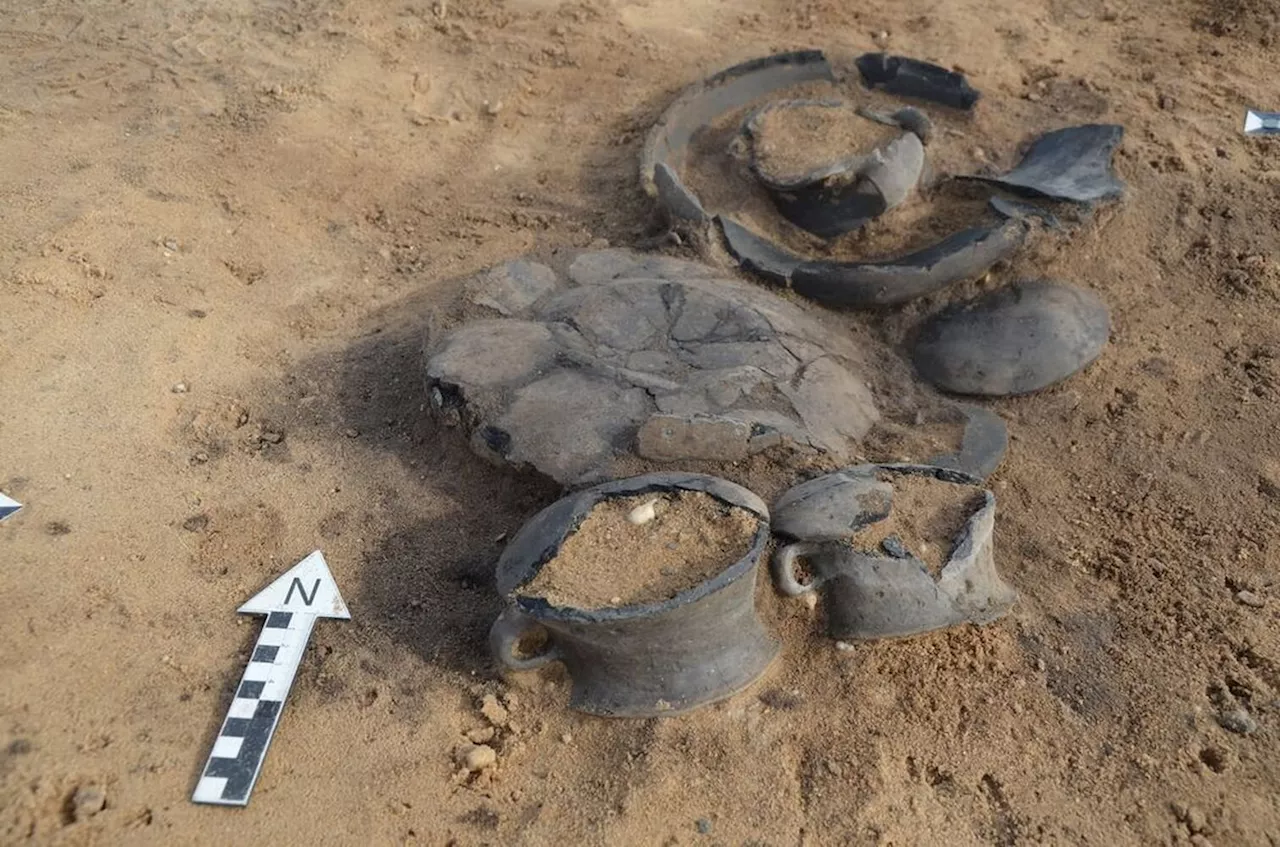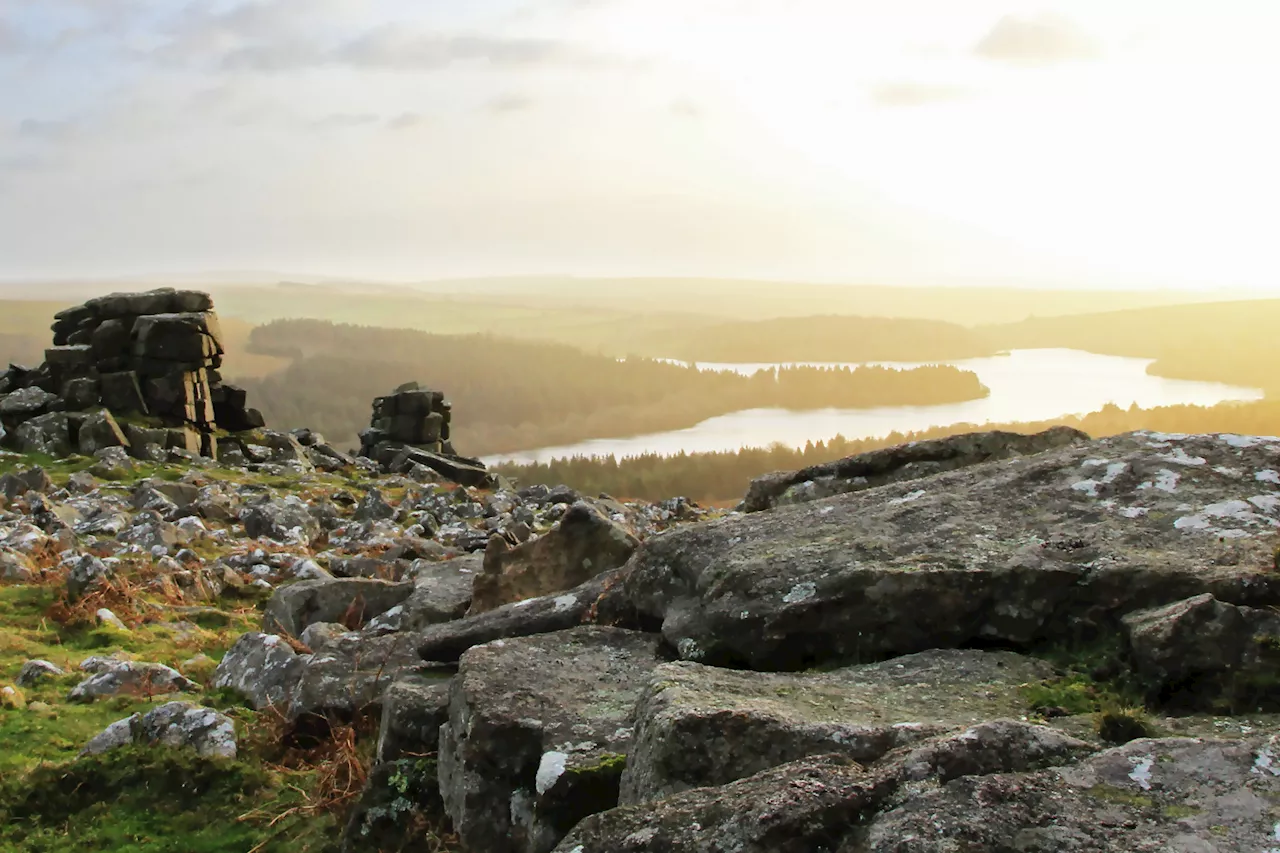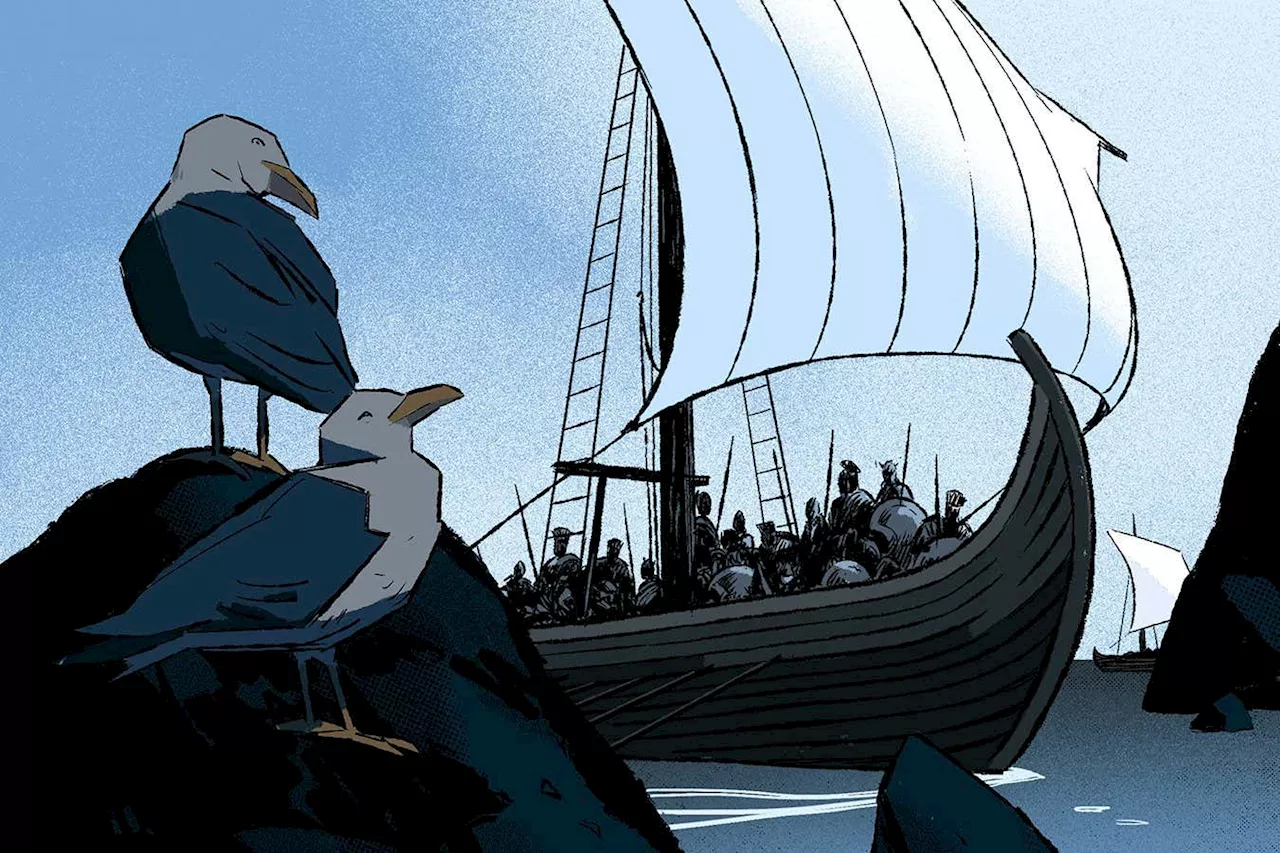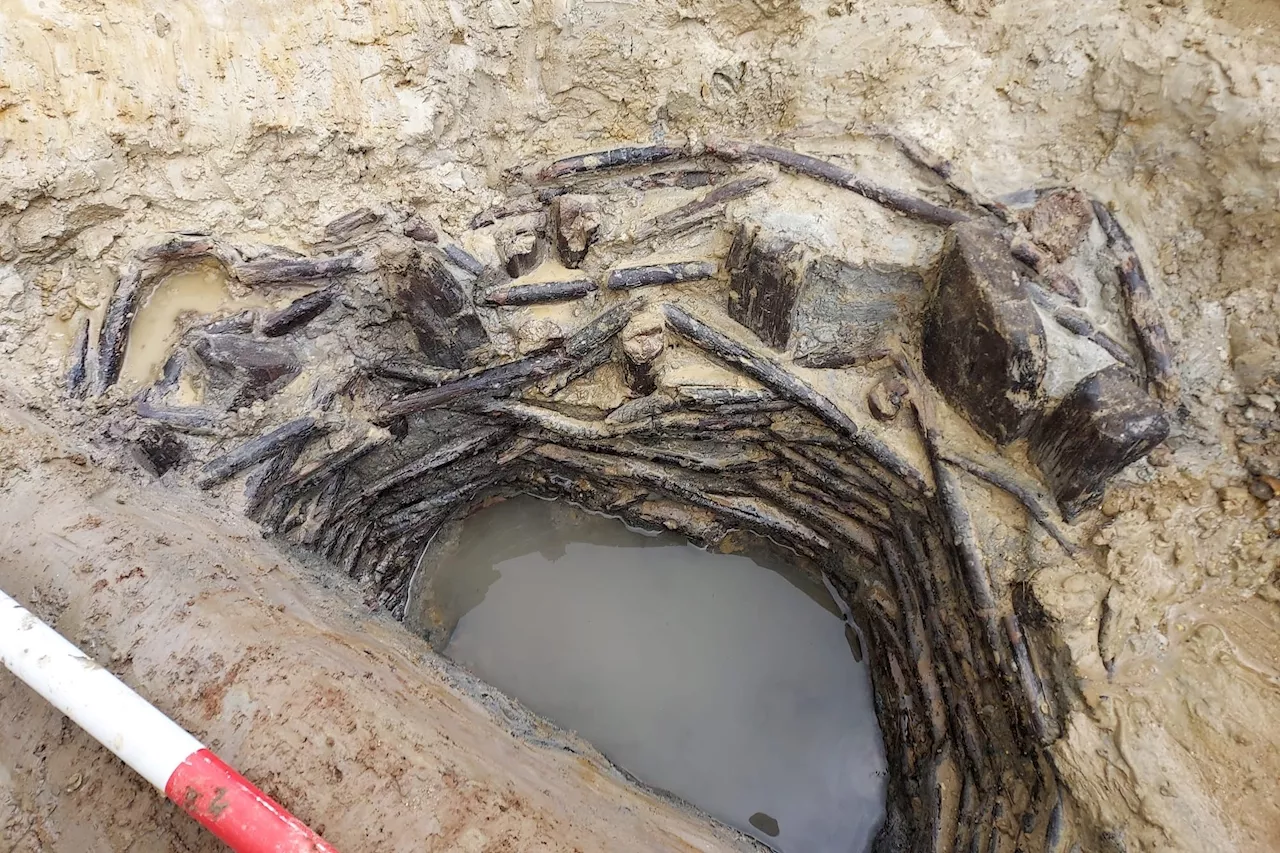This brief video shows study volunteers learning different combinations of late Bronze Age combat fighting techniques, based in part on descriptions from Homer’s Iliad. They were also put on a Bronze Age diet including beef, goat cheese, onions, and red wine.
The 3,500-year-old Dendra armor may not look sleek, but new research shows how battle-worthy it really was.
Known as the Dendra armor or the Dendra panoply, it dates to the 15th century B.C. a few centuries before the Trojan War that inspired Homer probably took place. The volunteers prepared for the protocol by eating only carefully weighed food under a nutrition plan that consisted of dried bread, beef, olives, goat cheese, onions, red wine, and water—a diet researchers deemed typical for a Mycenaean army on the move.
Many of the volunteers also reported suffering high levels of fatigue, a sore upper body from the weight to the armor, and foot pain from walking, running, and fighting barefoot.The research shows the Dendra armor gave better protection than the other type of armor typically used in the late Bronze Age, which consisted of small bronze scales on a linen backing, Wardle says —but at the cost of mobility, which was prized in later eras.
United Kingdom Latest News, United Kingdom Headlines
Similar News:You can also read news stories similar to this one that we have collected from other news sources.
 Pottery residue research explores culinary traditions in Germany from the Early Neolithic to the Bronze AgePottery types and decoration have been used extensively by archaeologists to differentiate and describe cultures. The (past) contents and the actual function of the vessels have less often been the focus of research.
Pottery residue research explores culinary traditions in Germany from the Early Neolithic to the Bronze AgePottery types and decoration have been used extensively by archaeologists to differentiate and describe cultures. The (past) contents and the actual function of the vessels have less often been the focus of research.
Read more »
 Archaeologists Reveal 'Enthralling' Bronze Age Burial ChamberThe structure may be around 4,000 years old, although it is not clear at present what it contains, experts said.
Archaeologists Reveal 'Enthralling' Bronze Age Burial ChamberThe structure may be around 4,000 years old, although it is not clear at present what it contains, experts said.
Read more »
 Humans Shaped Ancient History Across 3 Ages: The Stone, Bronze, and Iron AgeThe three ages of the ancient world — Stone, Bronze, and Iron — encompass the formative years of human history in most regions. Learn how we went from dwelling in caves to building civilizations over millions of years.
Humans Shaped Ancient History Across 3 Ages: The Stone, Bronze, and Iron AgeThe three ages of the ancient world — Stone, Bronze, and Iron — encompass the formative years of human history in most regions. Learn how we went from dwelling in caves to building civilizations over millions of years.
Read more »
 Who were the enigmatic Sea Peoples blamed for the Bronze Age collapse?Around 3000 years ago, several empires and kingdoms in the Mediterranean collapsed, with a group of sea-faring warriors implicated as the culprit. But new evidence shows that many of our ideas about this turbulent time need completely rethinking
Who were the enigmatic Sea Peoples blamed for the Bronze Age collapse?Around 3000 years ago, several empires and kingdoms in the Mediterranean collapsed, with a group of sea-faring warriors implicated as the culprit. But new evidence shows that many of our ideas about this turbulent time need completely rethinking
Read more »
 Archaeologists Discover 'Rare,' Well-Preserved Bronze Age Wooden StructureWood usually decays relatively quickly, but in some cases it can be preserved for long periods, like this wooden well.
Archaeologists Discover 'Rare,' Well-Preserved Bronze Age Wooden StructureWood usually decays relatively quickly, but in some cases it can be preserved for long periods, like this wooden well.
Read more »
 Significant differences among nordic regions during the Bronze AgeThe Scandinavian Bronze Age—despite a unifying material culture—was complex with constantly changing networks involving both competitors and collaborators.
Significant differences among nordic regions during the Bronze AgeThe Scandinavian Bronze Age—despite a unifying material culture—was complex with constantly changing networks involving both competitors and collaborators.
Read more »
